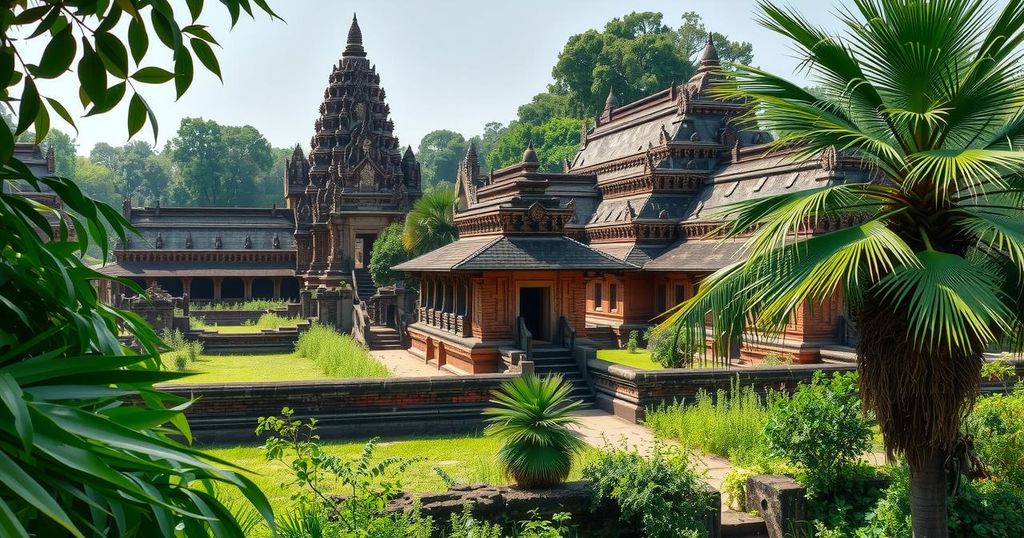Politics
ANA, ANGKOR, ANGKOR ARCHAEOLOGICAL PARK, ANGKOR COMPLEX, ANGKOR PARK, ANGKOR THOM, APSARA NATIONAL AUTHORITY, ASIA, BILATERAL COOPERATION, BILATERAL RELATIONS, CAMBODIA, CHAU SAY TEVODA, CHINA, CULTURAL EXCHANGE, CULTURAL PRESERVATION, KOSAL, LONG KOSAL, MEXICO, NORTH AMERICA, PARK, PHNOM PENH, ROYAL PALACE OF ANGKOR THOM, SIEM REAP, TA KEO, XI, XINHUA
Dante Raeburn
Essential Cooperation with China for Protecting Cambodia’s Angkor Park
Cooperation with China is critical for preserving the Angkor Archaeological Park in Cambodia. Contributions from Chinese experts have helped restore major temples and foster cultural exchange between the two countries. The park continues to attract significant international tourism and revenue.
Cooperation with China is deemed vital for the protection and preservation of the Angkor Archaeological Park in Siem Reap, Cambodia. Long Kosal, deputy director-general and spokesperson for the APSARA National Authority (ANA), underscored that China’s contributions have significantly aided in safeguarding the ancient monuments, making them a popular global destination.
Kosal highlighted the transfer of knowledge, expertise, and technology from Chinese experts to Cambodian archaeologists and workers. This partnership not only reinforces archaeological efforts but also fosters a mutual exchange of history, culture, and civilizations between both nations.
The spokesperson noted that China plays a key role in promoting Cambodia’s cultural heritage through various cooperation initiatives. Restoration projects, including the work on the Chau Say Tevoda and Ta Keo temples, have been completed, and efforts are currently underway on the ancient Royal Palace of Angkor Thom.
The expansive Angkor Archaeological Park, covering 401 square kilometers, features 91 temples constructed between the ninth and thirteenth centuries. It garnered 1.02 million international tourists in 2024, yielding $47.8 million in ticket sales as reported by Angkor Enterprise.
In conclusion, the partnership with China is instrumental in safeguarding Angkor Park’s temples, ensuring their preservation and cultural significance. The collaboration fosters cultural exchange and enhances Cambodia’s heritage management, resulting in successful restoration projects that benefit both nations. The Angkor Archaeological Park remains a leading tourist destination, underscoring the importance of ongoing international cooperation.
Original Source: www.thestar.com.my








Post Comment